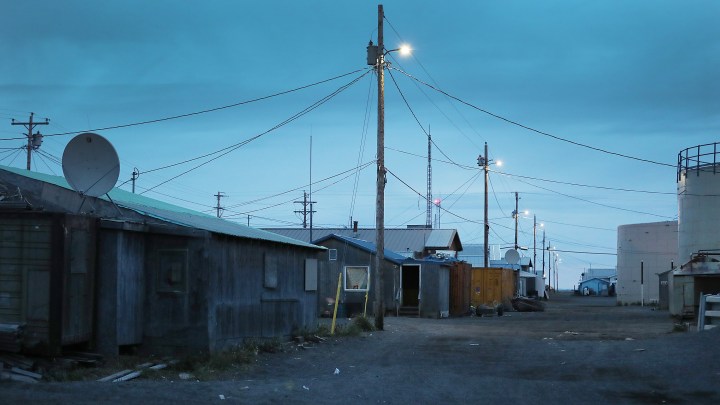
The infrastructure bill is on the president’s desk. What’s in it for rural America?
The infrastructure bill is on the president’s desk. What’s in it for rural America?

President Joe Biden is set to sign the $1 trillion infrastructure bill into law on Monday. It includes funding to improve America’s transportation, water and broadband infrastructure. Rural states with the most work to do on those fronts — like Alaska, Wyoming, Montana and Vermont — will receive the most funding per capita.
David Strohmaier, who serves on the Missoula County Commission on the western edge of Montana, said driving on the state’s highways can be treacherous in the winter; flying from one side of the state to the other isn’t a great option, either.
“If you want to travel around the state by air, you have to fly outside of Montana to a regional hub. You know, Salt Lake City, Denver, Minneapolis or Seattle, only then to fly back into Montana to your destination. Hardly efficient, hardly enjoyable as a traveler.”
Strohmaier’s county will put some of its federal infrastructure dollars toward repairing and improving roads. As chair of the Big Sky Passenger Rail Authority, Strohmaier also hopes the bill will eventually fund another transit option in the region: an Amtrak route through the northern Rockies.
“We are absolutely prepared to do it. We have been struggling for years and years with this need in our community that has gone unmet,” Strohmaier said. “So we are keenly aware of, on the ground, what needs to happen. We are merely lacking the funding.”
Not all of rural America’s local governments are so prepared, said Jane Kolodinski, an economist with the University of Vermont’s Center for Rural Studies.
“There are some that are really ready to go and have that human capital that have thought about how to address these things, and there are other ones that are probably not ready,” Kolodinski.
For some local governments, Kolodinski said the infrastructure bill will provide the first opportunity to carry out big infrastructure projects like broadband expansion.
“Some of these projects are going to be very successful, and probably others might flounder,” she said. “It’s up to the communities to really step up to this opportunity.”
Kolodinski lives in Burlington. She hopes her local officials will direct infrastructure funding toward improving wastewater treatment and paving dirt and gravel roads that turn into sludge come mud season.
There’s a lot happening in the world. Through it all, Marketplace is here for you.
You rely on Marketplace to break down the world’s events and tell you how it affects you in a fact-based, approachable way. We rely on your financial support to keep making that possible.
Your donation today powers the independent journalism that you rely on. For just $5/month, you can help sustain Marketplace so we can keep reporting on the things that matter to you.











